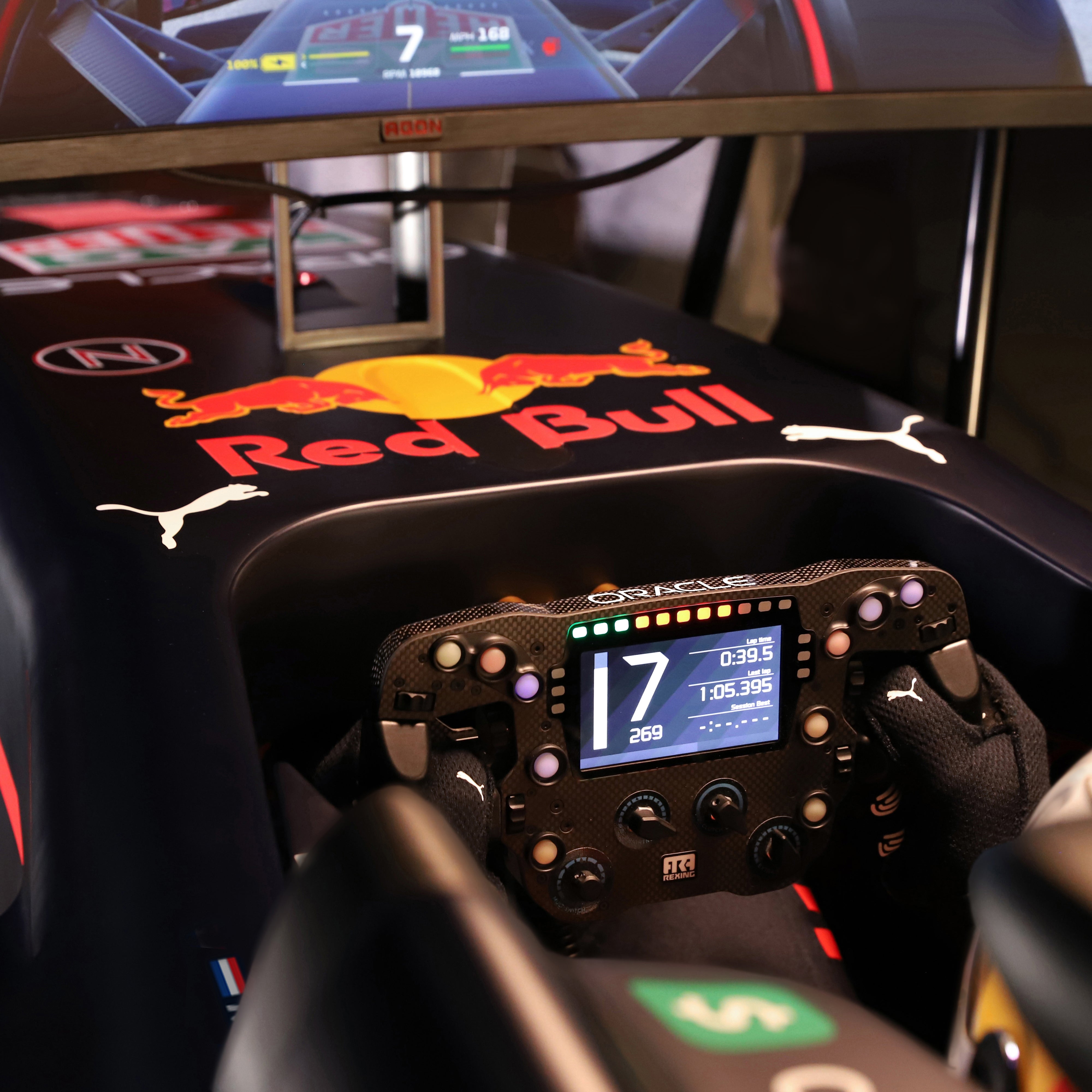
As Formula 1's technical battleground intensifies in the 2025 season, Red Bull Racing continues to push the boundaries of innovation to maintain their competitive edge. Despite facing stronger challenges from McLaren and Ferrari this year, the Milton Keynes outfit remains at the forefront of F1 development, introducing clever solutions that have helped Max Verstappen stay in championship contention. Let's take a detailed look at the key technical updates that are defining Red Bull's 2025 campaign.
Contents
The Development Race: How Red Bull Stays Ahead
Red Bull Racing's RB21 arrived in pre-season testing with high expectations as the team sought to continue their dominant form from previous seasons. While the car initially maintained a performance advantage, the gap to rivals has narrowed significantly throughout 2025, forcing Adrian Newey and his technical team to accelerate their development program.
Under the current cost cap regulations, teams must be increasingly selective about which upgrades they bring to the track. Red Bull's approach has been focused on quality over quantity - introducing fewer, but more impactful updates at strategic points in the season. Technical Director Pierre Waché explained their philosophy:
This article examines the five key technical areas where Red Bull has focused their development efforts in 2025, analyzing how these innovations have helped them respond to the technical challenges posed by McLaren's resurgence and Ferrari's improved form.
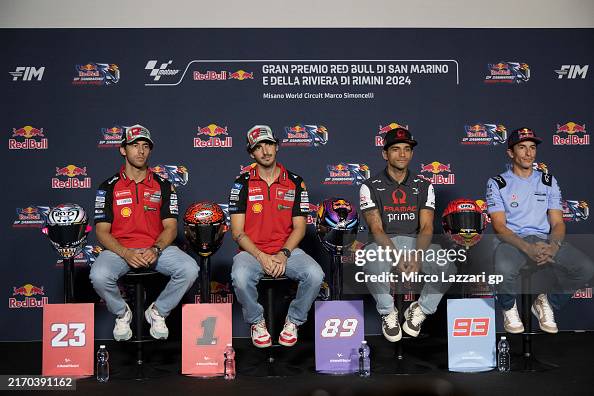
Red Bull's technical team meticulously analyzes data between sessions. (Credit: Getty Images)
Revolutionary Front Wing Design

Red Bull's latest front wing features a distinctive "wavy" outboard section. (Credit: F1.com)
The Spanish Grand Prix Update
At Barcelona, Red Bull introduced their most significant front wing update of the season, featuring a redesigned flap geometry that has become one of the talking points of the 2025 technical regulations. The new design incorporates what aerodynamicists are calling a "scalloped" trailing edge on the upper flaps.
This innovative approach creates small, carefully shaped cut-outs along the trailing edge of the wing elements. While seemingly simple, these modifications create vortices that help control the turbulent air generated by the front wheels - a persistent challenge under the current ground effect regulations.
Technical Insight
The front wing generates approximately 25% of a modern F1 car's total downforce while critically influencing the airflow structure over the entire vehicle. Even marginal improvements here can have multiplying effects on overall performance.
Key Innovations
Expert Analysis: The Performance Impact

"Red Bull's front wing evolution is particularly impressive because it addresses multiple challenges simultaneously. They've improved downforce generation while also better managing the turbulent wake from the front wheels, which has traditionally been a problem area in this regulation set. The clever use of vortex generators on the wing elements shows the kind of thinking that has kept Red Bull at the forefront of aerodynamic innovation."
- Gary Anderson, F1 Technical Analyst
Wind tunnel data suggests the front wing updates alone have contributed approximately 0.15 seconds per lap in performance - a significant gain in the context of the increasingly tight battles with McLaren and Ferrari at the front of the grid.
Floor and Diffuser Refinements
Under the current ground effect regulations, the floor and diffuser have become the primary downforce generators on modern Formula 1 cars. Red Bull's dominance in recent seasons has been largely attributed to their mastery of underfloor aerodynamics, and their 2025 developments continue to push the boundaries of what's possible within the regulations.
The "Triple Wave" Floor Edge
Red Bull's most significant floor update came at the Canadian Grand Prix, where the team introduced what has been dubbed the "triple wave" floor edge. This complex geometry features three distinct curved sections along the floor's edge that work in harmony to create a series of pressure gradients.
These undulations serve two primary purposes. First, they help seal the underfloor by creating localized vortices that act as an aerodynamic barrier, preventing high-pressure air from spilling into the low-pressure area beneath the car. Second, they help manage the turbulent wake generated by the front tires, directing this airflow away from sensitive aerodynamic surfaces.
Technical Insight
In ground effect cars, the floor and diffuser can generate up to 60% of the total downforce. Managing the airflow beneath the car is critical for performance, with even small disruptions potentially causing significant losses in downforce and creating aerodynamic instability.
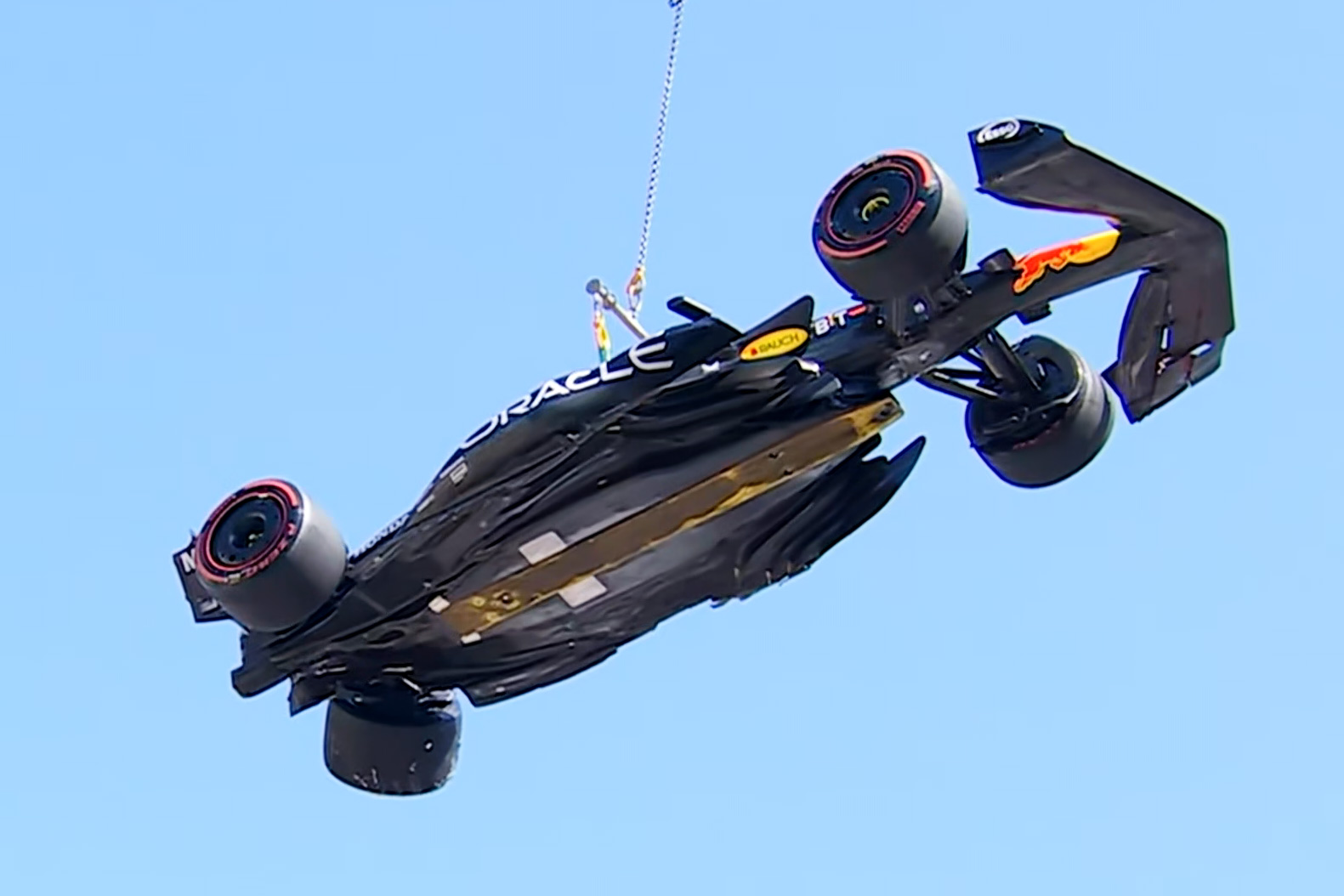
Close-up of Red Bull's floor edge showing the complex wave geometry. (Credit: F1.com)
Key Technical Innovations

CFD Analysis Reveals Performance Gains
Red Bull's floor developments have provided approximately 0.35 seconds per lap in combined performance gains across various circuits. The floor's efficiency at different ride heights has been particularly improved, reducing the car's sensitivity to changes in ride height through high-speed corners.
Competitor Response
Red Bull's floor innovations have not gone unnoticed in the paddock. Both McLaren and Ferrari have introduced similar concepts in recent races, although their implementations differ in key details:
-
McLarenMcLaren's floor edge features a double wave rather than Red Bull's triple wave, with larger amplitude undulations that create stronger vortices but potentially with less consistency.
-
FerrariFerrari has adopted a similar concept but with additional small vortex generators placed at strategic points along the floor edge, a different approach to achieving the same sealing effect.
-
MercedesMercedes has taken a different approach entirely, focusing on a more aggressive diffuser expansion rather than floor edge detailing, though with less consistent results.
Radical Side Pod Evolution
The side pod design has been one of the most visually distinctive elements of Formula 1 cars in the ground effect era. Red Bull pioneered the "downwash" concept that was later adopted by nearly every team on the grid. For 2025, they've pushed this concept even further with a series of incremental but significant updates.
Side Pod Evolution: Before & After
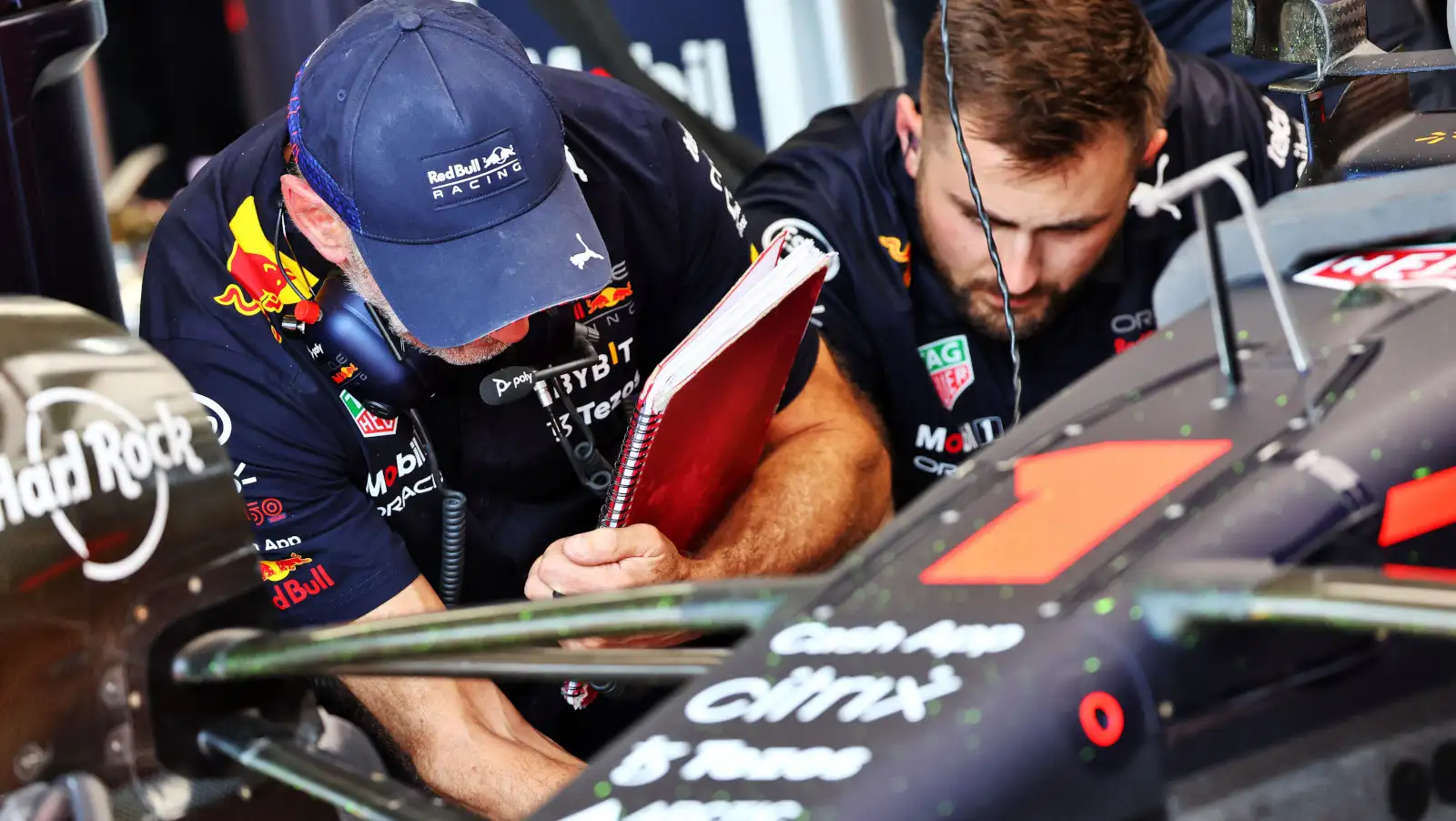
Initial 2025 side pod configuration - featuring the undercut design that has become Red Bull's signature.
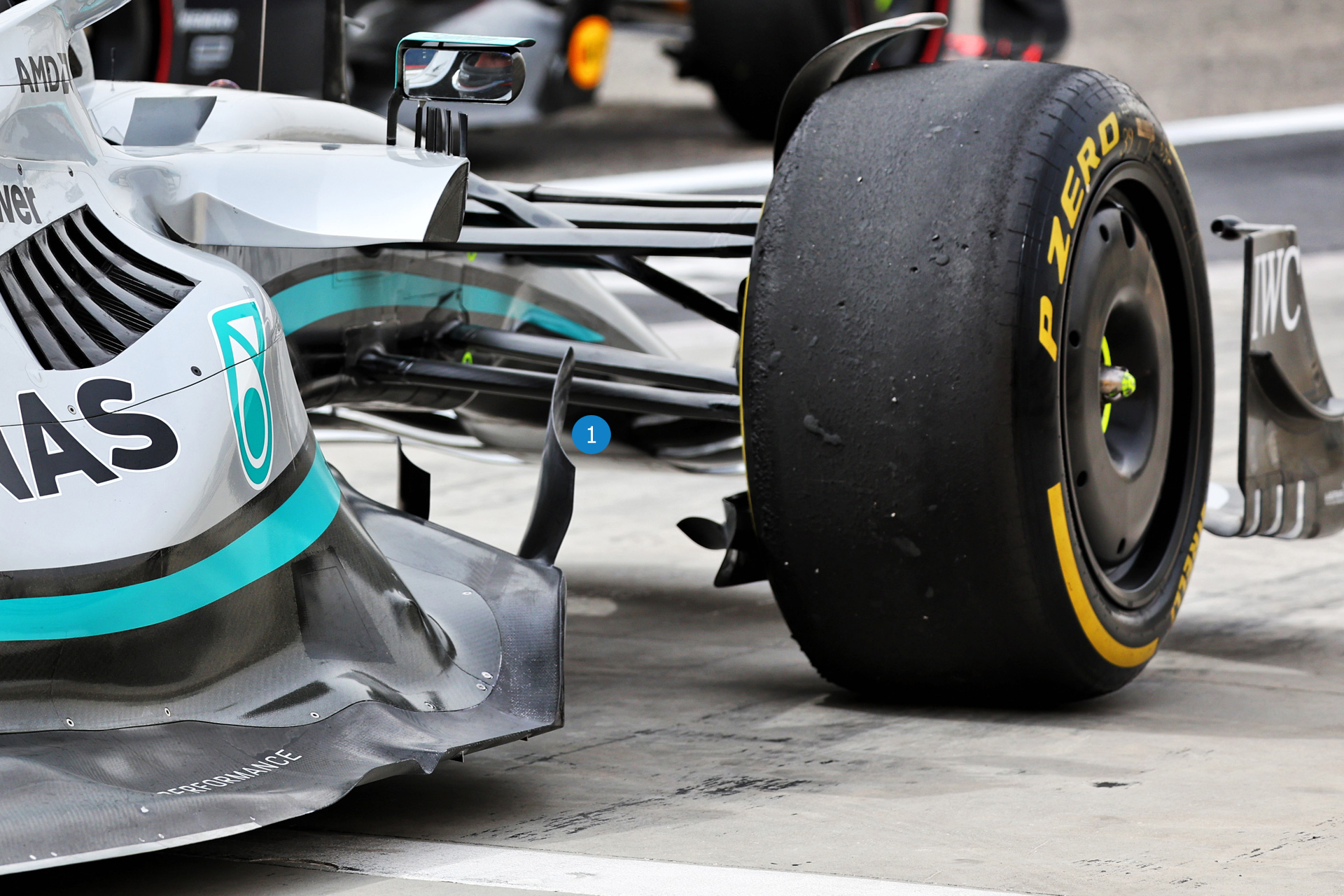
Revised side pod introduced at Imola with more aggressive contouring and expanded cooling outlets.
Adrian Newey's Perspective
"The side pod area offers a complex aerodynamic challenge because it sits at the intersection of several important airflow structures. We're constantly refining the shape to better direct air to the rear of the car, particularly to the beam wing and diffuser area where it can be used to enhance the performance of those elements."
Three Key Innovations
Extreme Undercut Architecture
Red Bull has further exaggerated the undercut beneath the side pod inlet, creating an even more dramatic channel for airflow to pass through. This creates a powerful air stream that is directed toward the coke-bottle area at the rear of the car. The undercut's geometry has been refined through multiple iterations during wind tunnel testing to optimize the flow structures it generates.
Side Impact Structure Fairing
In their Imola upgrade package, Red Bull introduced a revised fairing around the mandatory side impact structure. This area, which previously created unavoidable turbulence, has been reshaped with a more aerodynamically efficient profile. The new design includes subtle strakes that help organize the airflow passing over this area, reducing drag and improving the quality of air directed toward the rear of the car.
Expanded Cooling Exit Louvres
The cooling exit strategy has been completely reimagined with the introduction of what the team calls "waterfall" louvres on the upper surface of the side pods. Rather than routing all hot air to a single exit at the rear, these carefully shaped openings distribute the cooling air more effectively, allowing for better heat management while maintaining aerodynamic efficiency. This approach gives the team greater flexibility in managing cooling requirements across different circuits and ambient conditions.
Aerodynamic Performance Gains
Drag Reduction
Lower drag coefficient compared to the launch-specification side pods
Rear Downforce
Increased downforce at the rear of the car due to improved airflow quality
Cooling Efficiency
Improved cooling efficiency allowing for smaller radiator openings at high-speed circuits
Technical Director's Analysis
"The side pod updates represent one of our most significant performance gains this season. The refined undercut has dramatically improved the quality of airflow reaching the rear of the car, enhancing the effectiveness of our diffuser and rear wing. This has been particularly valuable at high-speed circuits like Silverstone and Spa, where the improved flow conditioning has allowed us to run slightly less rear wing while maintaining cornering stability." - Pierre Waché, Technical Director
Cooling System Innovations
One of the most critical yet often overlooked aspects of Formula 1 car design is the cooling system. Managing engine and electronic component temperatures efficiently while minimizing the aerodynamic impact has become increasingly challenging with the highly packaged hybrid power units.
Red Bull has introduced several innovative cooling solutions in 2025 that have helped the team maintain performance in varying ambient conditions while minimizing the aerodynamic compromises traditionally associated with increased cooling requirements.
Engineering Challenge
Every 1°C increase in ambient temperature typically requires approximately 5% more cooling surface area. Managing this variable requirement while maintaining aerodynamic efficiency presents one of Formula 1's great engineering challenges.

Red Bull's precisely engineered cooling exits on the engine cover. (Credit: F1.com)
The "Three-Zone" Cooling Strategy
Red Bull's most significant cooling innovation for 2025 has been the implementation of what the team calls a "three-zone" cooling strategy. This approach divides the car's cooling requirements into three distinct zones, each with its own dedicated radiator and exit solution:
Revolutionary Material Science
Advanced Composite Radiators
Red Bull has pioneered the use of carbon-composite radiator end tanks, replacing the traditional aluminum components. This innovation saves approximately 1.2kg in weight while providing the same cooling efficiency.
The composite structures also offer improved rigidity, reducing the fluid pressure variation that can occur when aluminum tanks flex under high loads. This creates more consistent cooling performance across different track conditions.
Phase-Change Cooling Technology
In a groundbreaking development revealed at the British Grand Prix, Red Bull introduced a phase-change material (PCM) system for cooling specific electronic components. This technology utilizes materials that absorb thermal energy by changing from solid to liquid at a predetermined temperature.
This passive cooling system requires no pumps or additional weight and helps maintain optimal operating temperatures for sensitive electronics, particularly during high-load scenarios like qualifying laps.
Our cooling innovations this season represent some of our most creative engineering solutions. By rethinking how we manage the thermal aspects of the car, we've been able to maintain optimal performance in varying conditions while actually improving our aerodynamic efficiency. This is particularly vital as we face tougher competition and can no longer rely solely on aerodynamic gains to maintain our advantage.
Adrian Newey, Chief Technical Officer
Performance Impact
The combined effect of Red Bull's cooling innovations has delivered significant performance benefits:
- Weight Reduction: Total system weight reduced by approximately 1.7kg compared to the 2024 cooling system.
- Drag Reduction: Smaller cooling outlets and more efficient heat rejection have reduced overall drag by approximately 2.5%.
- Operational Flexibility: Improved temperature management has allowed the team to run the power unit in more aggressive engine modes for longer periods.
- Reliability: Despite more compact packaging, component temperatures have been maintained within optimal ranges, reducing the risk of heat-related failures.
Mechanical Grip: The Suspension Secrets
While aerodynamics often dominates the technical discussion in Formula 1, the suspension system plays a crucial role in extracting maximum performance from the car. Red Bull has made significant strides in this area for the 2025 season, with innovative solutions that have helped address one of their few weaknesses from previous years.

Detail of Red Bull's front suspension architecture. (Credit: F1.com)

Detail of Red Bull's rear suspension layout. (Credit: F1.com)
The Historical Context
Red Bull cars have traditionally excelled in high-speed corners but struggled slightly with low-speed mechanical grip. For 2025, addressing this relative weakness became a priority as rivals closed the gap in overall performance.
Key Suspension Innovations
Driver Feedback
Performance Impact
The data confirms the drivers' positive feedback. Comparing the 2025 car with its predecessor at the same circuits shows clear improvements in performance:
Low-Speed Corner Performance
Average gain in low-speed sectors (below 125 km/h)
Kerb Ride Compliance
Improved absorption of impacts when attacking kerbs
Tire Management
Extended tire life due to improved contact patch consistency
The Combined Effect: Maintaining the Competitive Edge
Red Bull's technical development program for 2025 has been characterized by systematic, targeted improvements across multiple areas of the car. While each individual upgrade might deliver relatively modest gains, their combined effect has allowed the team to maintain their position at the front of the grid despite stronger challenges from McLaren and Ferrari.
The most significant achievement has been addressing the RB21's relative weaknesses while preserving its strengths. The improved low-speed performance, enhanced cooling efficiency, and refined aerodynamic structures have created a more balanced package that performs well across all circuit types.
As the season progresses toward its conclusion, the development battle will only intensify. Red Bull has historically excelled at in-season development, and their efficient, targeted approach to upgrades suggests they'll continue to bring performance to the car at crucial moments in the championship fight.
"The technical regulations are now in their fourth year, and finding performance is increasingly difficult. The days of finding several tenths with a single upgrade are behind us. Success now comes from integrating many small improvements into a cohesive package, and that's where our team's strength lies." - Christian Horner, Team Principal


